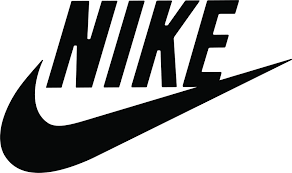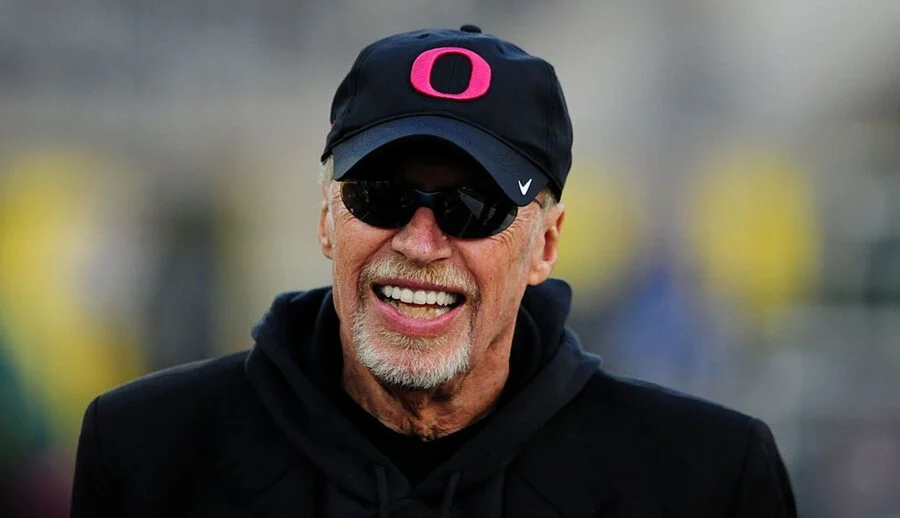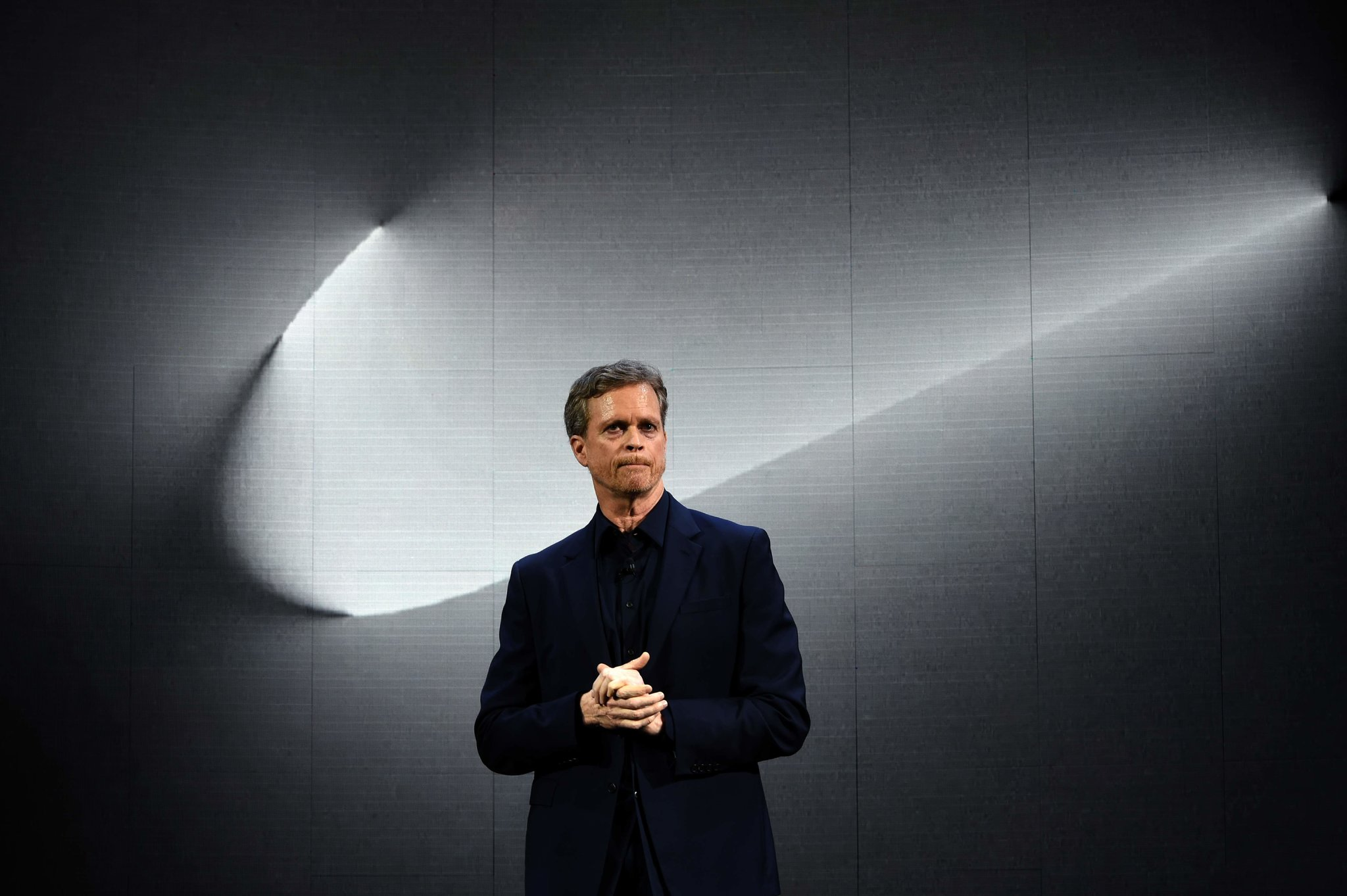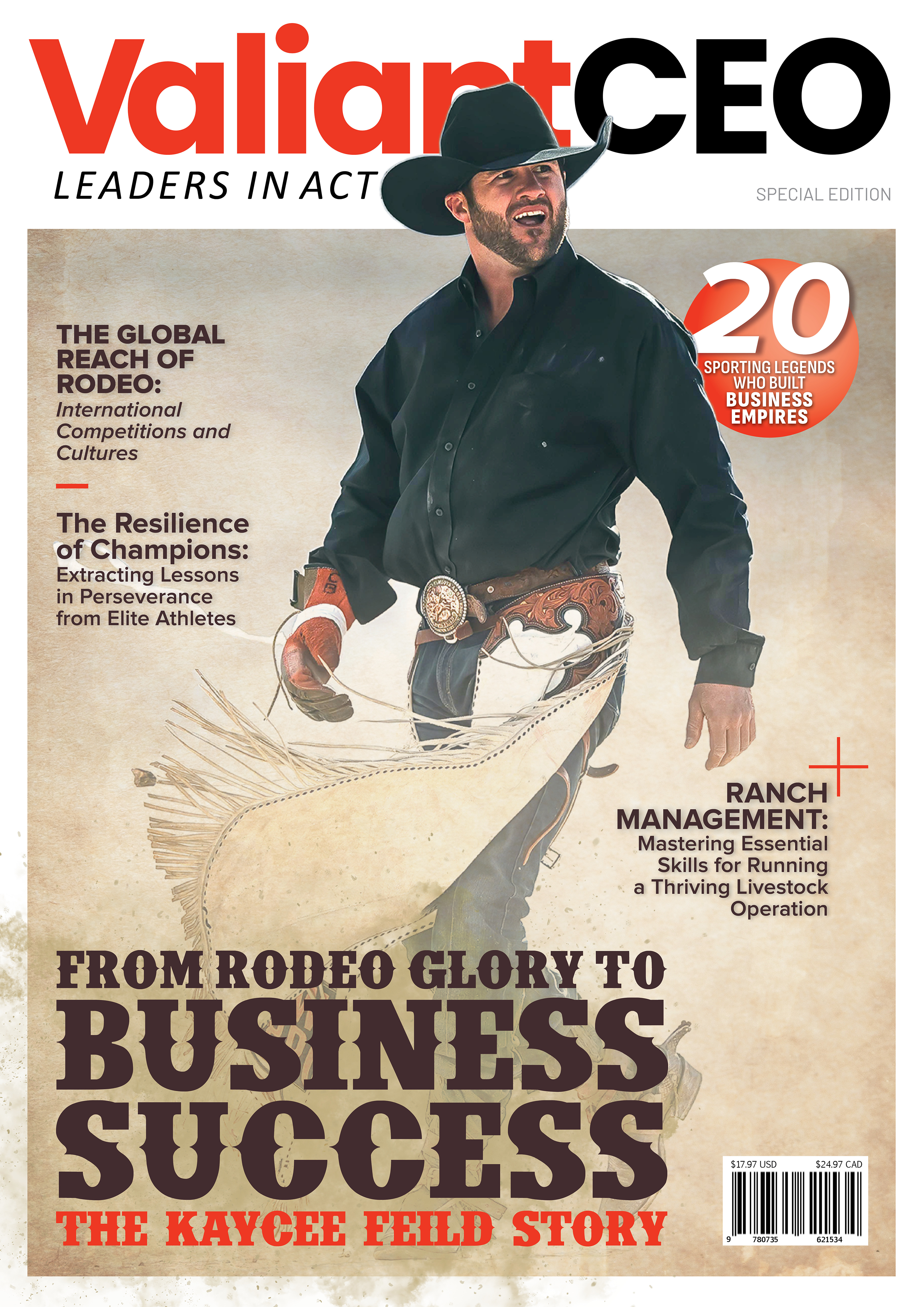Table of Contents
“Have faith in yourself, but also have faith in faith. Not faith as others define it. Faith as you define it. Faith as faith defines itself in your heart.”
- Phil Knight Tweet
Phil Knight is a name that has become synonymous with success, innovation, and athletic excellence. As the founder of Nike, Knight revolutionized the athletic industry and transformed the way we perceive sports footwear and apparel. In this article, we delve into the remarkable life of Phil Knight, tracing his journey from a humble start-up to the creation of a global sports empire.
Let’s dig in deeper to know more on how Phil Knight turned a dream into a $25 billion fortune.
Phil Knight Profile Summary
Full name: Philip Hampson Knight
Gender: Male
Date of birth: February 24, 1938
Age: 85 years old (as of 2023)
Zodiac sign: Pisces
Place of birth: Portland, Oregon, USA
Nationality: American
Ethnicity: Caucasian
Height: Knight’s height is estimated at 5 feet 9 inches.
Weight: 82 kg.
Relationship status: Married
Spouse: Penelope “Penny” Knight
Children: Matthew Knight, Travis Knight, Christina Knight
Education: University of Oregon (Bachelor’s degree in journalism), Stanford Graduate School of Business (MBA)
Profession: Entrepreneur, Business Executive
Net worth: As of September 2021, Phil Knight’s net worth is estimated to be around $60 billion.
Early Life and Entrepreneurial Spirit
Born in 1938, Phil Knight’s passion for sports and entrepreneurship began to take shape during his formative years. Growing up in Portland, Oregon, Knight developed a deep love for running and saw the potential for business in the world of athletics. Influenced by his father’s entrepreneurial ventures, Knight cultivated a keen business mindset from an early age.
The Birth of Nike

The inception of Nike brand can be traced back to 1964 when Knight and his former track coach, Bill Bowerman, established a company called Blue Ribbon Sports. Initially, the duo distributed footwear manufactured by Japanese company Onitsuka as Tiger shoes (now ASICS). However, Knight had a grander vision in mind for own brand. In 1971, Blue Ribbon Sports rebranded own brand as Nike, taking its name from the Greek goddess of victory.
That same year is when Bill Bowerman makes the first sneaker waffle iron in outsole by pouring rubber literally cooking them in a waffle iron.
This 27-year-old CEO is taking on Lululemon and Nike Combine that with a paper he wrote at Stanford on why shoes should be manufactured out of Japan (instead of Germany), where the labor was cheaper, and his crazy idea was born.
Blue Ribbon Sports to Nike
First a marketing oriented company called Blue Ribbon Sports, Knight’s running shoes business began on a whim, when he convinced a group of Japanese businessmen to export their popular Tiger sneakers to the United States and grant him exclusivity in selling them retail stores.
By 1978, the year Blue Ribbon Sports changed its corporate name to Nike, Jon Anderson had won the Boston Marathon wearing Nike shoes, Jimmy Conners had won Wimbledon and the U.S. Open wearing Nike shoes, Henry Rono had set four track and field records in Nikes, and members of the Boston Celtics and Los Angeles Lakers basketball teams were wearing them. Sales and profits were doubling every year.
Knight developed a blueprint for superior athletic shoes, produced inexpensively in Japan, where labor was cheaper.
Knight’s marketing genius stemmed from the fact that he didn’t focus on just selling shoes; he always made it about something more. At an industry conference in the mid-’70s, he pointed out an important distinction of his marketing scheme: He proclaimed he wasn’t in the shoe business — rather, he was in the entertainment shoe business.
Knight told the Harvard Business review that marketing knits the whole organization together. The design elements and functional characteristics of the product itself are just part of the overall marketing process.
Innovations and Breakthroughs
Under Knight’s leadership, Nike became a hotbed of innovation, constantly pushing the boundaries of athletic footwear and apparel. The company introduced groundbreaking designs iconic brands and technologies that transformed the industry.
Notably, the launch of Nike Air in 1979 revolutionized the way athletes perceived cushioning and comfort in their shoes, setting a new standard in performance footwear.
Knight explains how Nike discovered the importance of marketing and what difference that discovery has made. Nike transformed the athletic shoe industry with technological innovations, but today many people know the company by its flashy ads and sports celebrities.
Each has great athletes representing it, a complete product line, shoes and clothes that are tied together. Instead of one shoe dog a big glop, we have the number one shoe dog, the number one german company two, and the number four brands of basketball shoes.
Overcoming Adversity

Knight himself was upset at getting beat to the casual shoe market by Reebok in the ’80s: We went into casual shoes in the early 1980s when we saw that the running shoe business, which was about one-third of all our emphasis and revenues at the time, was slowing down. We knew that a lot of people were buying our casual shoes, and wearing them to the grocery store and for walking to and from work.
In the ’90s, Nike faced another obstacle: The company had garnered a reputation for using sweatshops and unfair labor practices. Customers began boycotting the brand and protesting outside of its stores, creating a widespread distaste for Nike that lasted nearly a decade. Source: Business Insider Sales dropped so low that by 1998, Nike was forced to start laying off staff.
It often fell to Knight to guide and protect the Nike brand through scandals, such as the revelations in the mid-1990s that many Nike products were made in sweatshops using child labor.
From the start, everybody understood that Nike was a running shoe company, and the brand stood for excellence in track and field. It was a very clear message, and Nike the first shoe was very successful. But casual shoes sent a different message.
People got confused, and Nike began to lose its magic. Retailers were unenthusiastic nike brand, athletes were looking at the alternatives, and sales slowed. So not only was the casual shoe effort a failure, but it was diluting our trademark and hurting us in running.
How does Nike been able to grow so fast?
Despite Nike’s rapid growth, the company faced significant challenges in the 1980s. A combination of financial woes, intense competition, and internal struggles almost led to Nike’s downfall. However, Knight’s resilience and strategic decision-making saved the company from collapse. Through effective cost-cutting measures and a renewed focus on marketing, Nike bounced back stronger than ever, with the introduction of innovative products such as the best-selling training shoe, propelling the company to new heights.
Philanthropy and Social Responsibility

Knight’s commitment to making a positive impact on society is deeply ingrained in his values. Recognizing the power of his success, he has consistently sought ways to uplift and support communities in need. In 2004, Knight established the Nike Foundation, an organization dedicated to improving the lives of disadvantaged youth around the world.
One of the flagship initiatives of the Nike Foundation is the Girl Effect. This groundbreaking program focuses on empowering adolescent girls, recognizing their potential as agents of change within their communities.
Knight’s Innovative Approaches
Through strategic partnerships and innovative approaches, the Girl Effect initiative works to provide girls with access to education, healthcare, economic opportunities, and life skills training. By investing in the future of girls, Knight aims to break the cycle of poverty and inequality, creating a ripple effect of positive change that extends far beyond individual lives.
Knight’s philanthropic efforts extend beyond the Girl Effect initiative. He has made substantial contributions to the education and healthcare sectors, recognizing the transformative power of these areas in creating opportunities for individuals and communities.
Through donations and partnerships, Knight has supported educational institutions, scholarships, and research initiatives. His contributions to healthcare have funded medical advancements, access to care, and programs that address public health challenges.
By leveraging his resources and influence, Knight has left a lasting legacy that goes beyond business success. His dedication to improving the lives of others and creating a more equitable world reflects his belief in the power of opportunity and empowerment. Through the Nike Foundation and his philanthropic endeavors, Knight’s impact reaches far and wide, touching the lives of countless individuals and communities.
His Commitment
Knight’s commitment to making a positive impact on society is exemplified through the establishment of the Nike Foundation and the transformative initiatives it spearheads, such as the Girl Effect. His contributions to education and healthcare sectors further highlight his dedication to creating opportunities and addressing pressing social issues.
Phil Knight’s charitable efforts leave a lasting legacy that showcases his belief in the potential of individuals and the power of collective action for the betterment of society.
Leadership and Management Style

Knight’s leadership style played a pivotal role in Nike’s success. Known for his visionary approach, Knight fostered a culture of innovation that permeated throughout the company. He firmly believed in challenging the status quo and encouraged employees to push boundaries and think outside the box. Knight’s emphasis on hiring talented individuals who shared his passion and vision ensured that Nike assembled a team of dedicated and creative professionals.
One of Knight’s notable strengths as a leader was his ability to empower his team. He believed in providing his employees with the autonomy and resources they needed to thrive. By fostering a collaborative environment, Knight encouraged open communication and valued diverse perspectives. This approach not only promoted creativity but also fostered a sense of ownership and pride among Nike employees.
Knight’s commitment to excellence was unwavering. He set high standards for himself and expected nothing less from his team.
By instilling a sense of purpose and a relentless pursuit of quality, he inspired his employees to give their best and deliver exceptional results. Knight’s leadership style emphasized a long-term vision, and he was not afraid to take calculated risks to propel Nike forward.
Beyond his leadership within the company, Knight’s hands-on involvement with athletes and sports communities exemplified his commitment to the Nike brand. By engaging directly with athletes, listening to their feedback, and understanding their needs, he ensured that Nike products met the demands of the ever-evolving sports landscape.
In conclusion, Knight’s leadership style at Nike was characterized by a culture of innovation, empowerment, and a relentless pursuit of excellence. By fostering creativity, promoting collaboration, and setting high standards, he created an environment where employees were inspired to push boundaries and achieve greatness.
Knight’s leadership set the foundation for Nike’s continued success and established him as a true pioneer in the athletic industry.
Legacy and Impact
Phil Knight’s legacy and impact on the athletic industry are profound and far-reaching. Under his visionary leadership, Nike transcended its role as a mere sports apparel company to become a global cultural phenomenon. Nike’s innovative designs, high-performance products, and iconic logo have made it a symbol of excellence and aspiration famous athletes across the world.
One of Knight’s significant contributions to Nike’s legacy is the company’s emphasis on athlete endorsements and ad agency. By forging partnerships with renowned athletes, Nike not only gained credibility but also connected with consumers on a deeper level. This strategy revolutionized the sports marketing landscape, as Nike’s commercials and campaigns featuring athletes became iconic and highly anticipated.
Furthermore, Knight’s commitment to pushing the boundaries of design and technology elevated Nike’s products to new heights. From the introduction of Nike Air cushioning to advancements in fabric technology, Nike consistently raised the bar for athletic footwear and apparel.
These innovations not only improved performance but also resonated with consumers who sought quality, comfort, and style in their athletic gear.
Beyond the sports arena, Nike’s influence on popular culture cannot be overstated. The brand’s iconic Swoosh logo has become synonymous with self-expression and individuality. Nike’s ability to blend sports, fashion, and lifestyle has made it a staple in streetwear and a go-to choice for people looking to make a statement through their attire.
Phil Knight’s entrepreneurial spirit and unwavering commitment to excellence have laid a solid foundation for Nike’s continued success, even after his retirement. The company’s culture of innovation, empowerment, and collaboration, instilled by Knight, continues to drive its growth and evolution.
Nike’s dedication to social responsibility and sustainability, as evidenced by initiatives such as the Nike Foundation and the Move to Zero campaign, reflects Knight’s legacy of giving back and making a positive impact.
Who is CEO Mark Parker and How Is He Related to Nike?

Parker isn’t one of the founding members of the brand, he certainly has ingratiated himself as an integral part of Nike’s DNA. He started with the company in 1979 as a footwear designer in Exeter, New Hampshire, and has been CEO since 2006. He has witnessed firsthand Nike’s transition from upstart company to global juggernaut.
In June, Knight is handing the baton to Nike CEO Mark Parker, who will take over as chairman of the board.
Phil Knight’s journey from a modest start-up to the global phenomenon that is Nike is a testament to his visionary leadership and unwavering dedication. His relentless pursuit of excellence, coupled with a deep passion for sports, transformed Nike into an industry giant.
Knight’s philanthropic efforts and commitment to social responsibility further exemplify his desire to make a positive impact on the world. As we lace up our Nike shoes and embrace the spirit of innovation, we pay homage to the extraordinary legacy of Phil Knight, a true pioneer and trailblazer in the world of sports and entrepreneurship.
FREQUENTLY ASKED QUESTIONS ABOUT PHIL KNIGHT
1. Phil Knight son
2. How much is Phil Knight net worth?
- 42.9 billion USD
3. How much was Phil Knight first investment?
- $500 (Read more: Forbes)
4. Phil Knight age
- 85 years
5. Who founded Nike with Phil Knight?
- Bill Bowerman







